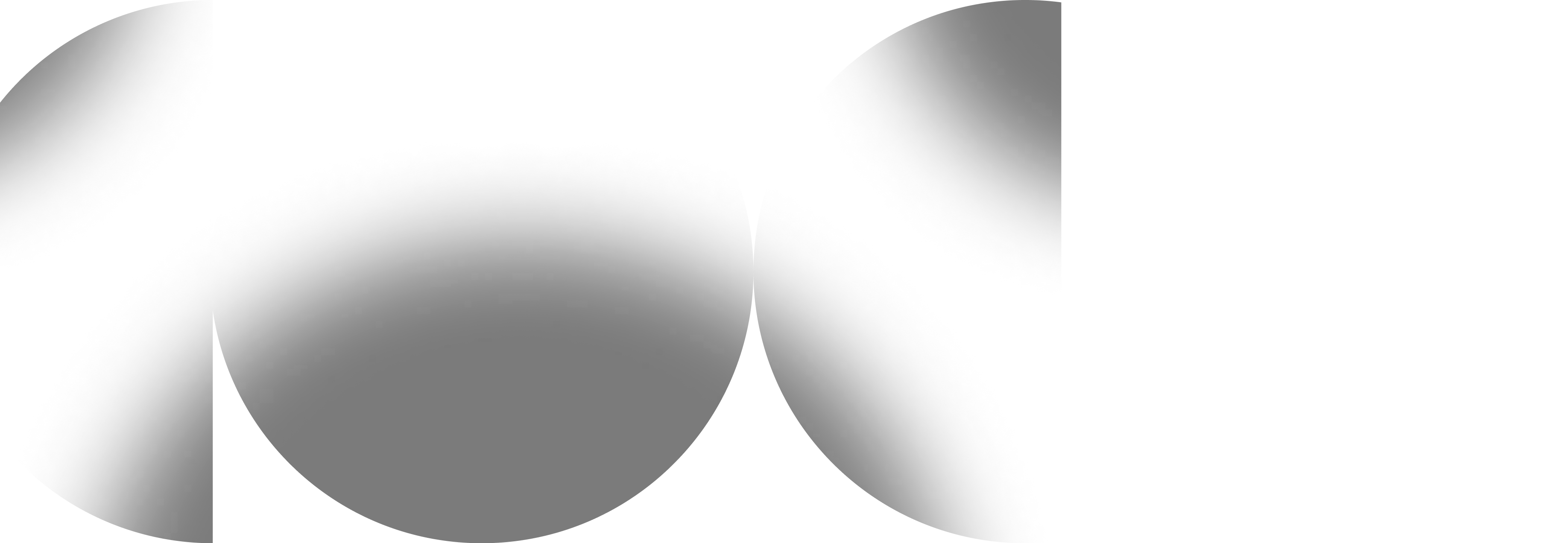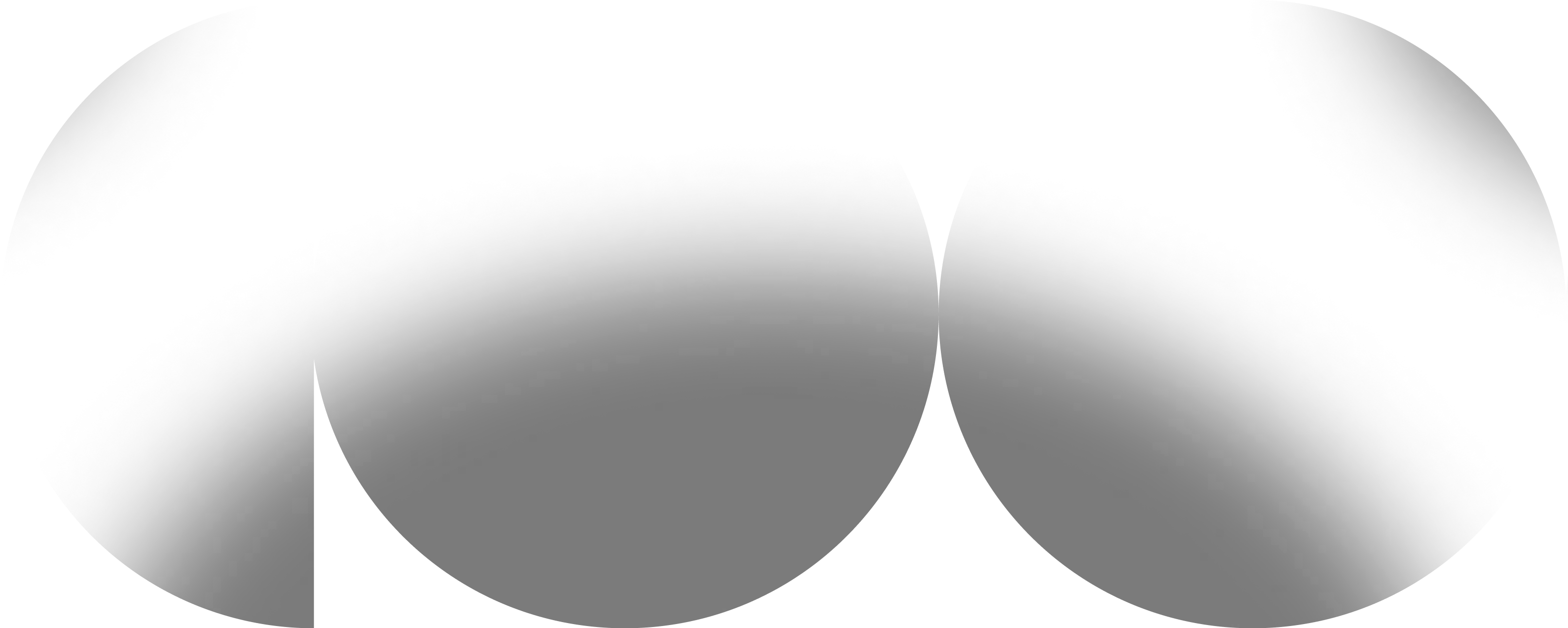

get in touch
with
Thank you for reaching out!
We'll be in touch.
Design Thinking and Innovation
Design thinking lies at the heart of product discovery, emphasizing empathy, ideation, and experimentation. It encourages teams to understand users deeply, challenge assumptions, and explore innovative solutions through a human-centered approach.
Product Discovery Techniques
Techniques such as user interviews, competitor analysis, and market research are fundamental. They provide the raw data and insights necessary for informed decision-making and ideation.
Product Discovery Frameworks
Frameworks like the Lean Startup methodology and the Double Diamond model guide teams through the discovery process, from understanding user needs to validating solutions. These frameworks offer structured paths to innovation, ensuring efforts are focused and effective.
Agile Product Discovery
Agile methodologies integrate product discovery into iterative cycles, allowing for continuous learning and adaptation. This approach emphasizes flexibility, customer feedback, and rapid prototyping to refine product concepts efficiently.
Lean Product Discovery
Lean product discovery focuses on minimizing waste through validated learning. It involves quickly testing hypotheses with minimum viable products (MVPs) to learn from real user interactions without committing extensive resources upfront.
User-Centric Product Discovery
Placing the user at the center of the discovery process ensures that products are designed with real needs and pain points in mind. Techniques like persona development and user journey mapping are instrumental in achieving this focus.
Continuous Discovery in Product Development
Continuous discovery advocates for a regular, ongoing process of learning about users, their needs, and how those needs evolve. It ensures that product development remains aligned with user expectations and market dynamics.
Iterative Discovery Processes
Iterative processes involve repeated cycles of ideation, prototyping, testing, and learning. This approach allows teams to refine their understanding and solutions based on continuous feedback, leading to more user-aligned products.
Prototyping in Product Discovery
Prototyping is a crucial component of the discovery process, enabling teams to visualize and test ideas quickly. It facilitates early feedback, helping to iterate on concepts before committing to full-scale development.
Technology-Driven Product Discovery
Leveraging technology, such as analytics tools, AI, and machine learning, can uncover insights that might not be evident through traditional methods. Technology-driven discovery can lead to innovative product features and strategies.
Effective user research is foundational to successful product discovery. It provides the insights needed to drive innovation, informing the direction and design of new products or features. Techniques like surveys, interviews, and usability testing are invaluable in this regard.
Effective product discovery is a multifaceted process that blends methodologies like design thinking, agile, and lean principles with a deep focus on user needs. By prioritizing key elements such as continuous learning, iterative processes, and user-centric strategies, teams can navigate the complexities of innovation with confidence.
View more
Obviously, this website uses cookies.
view policy